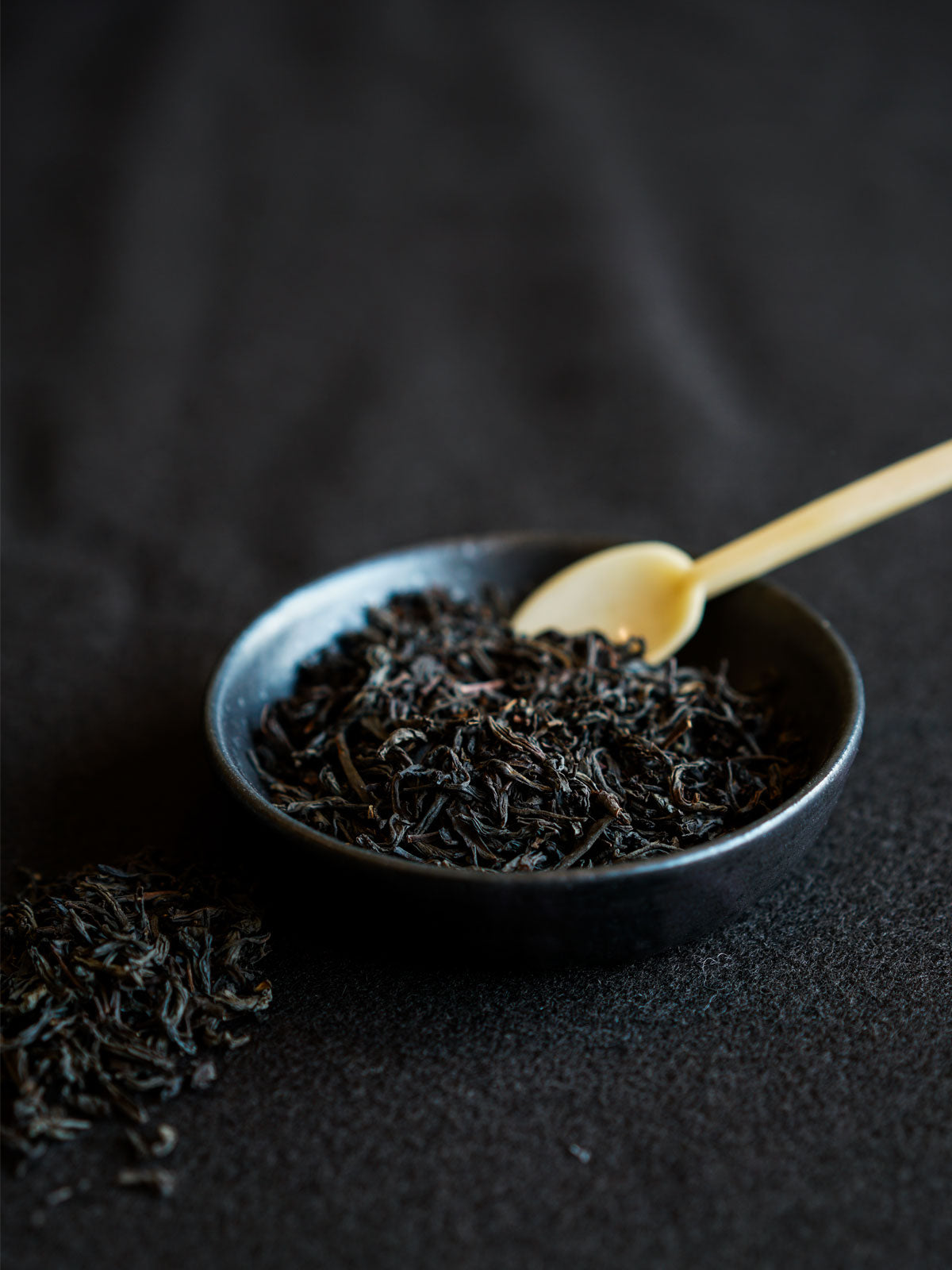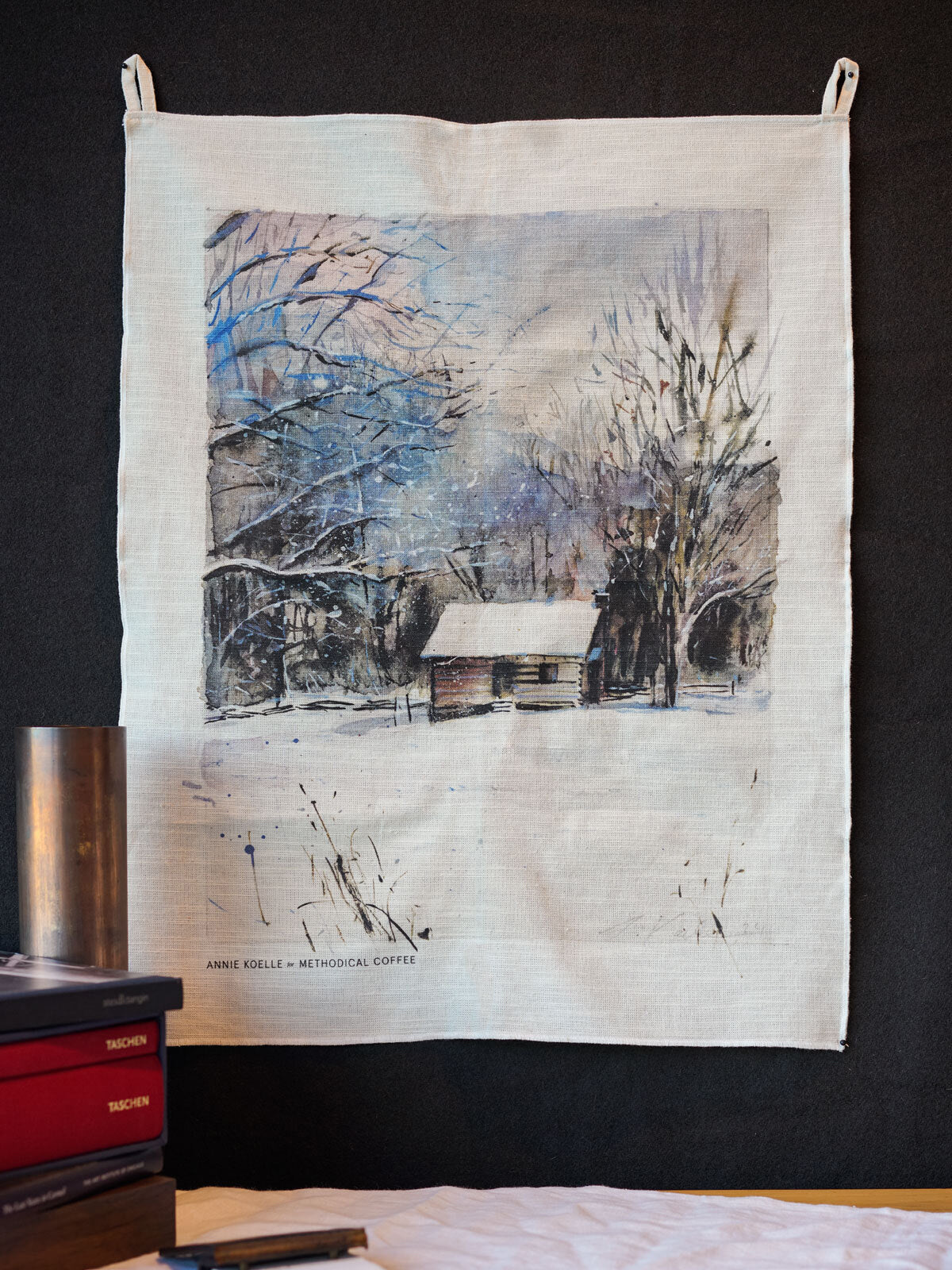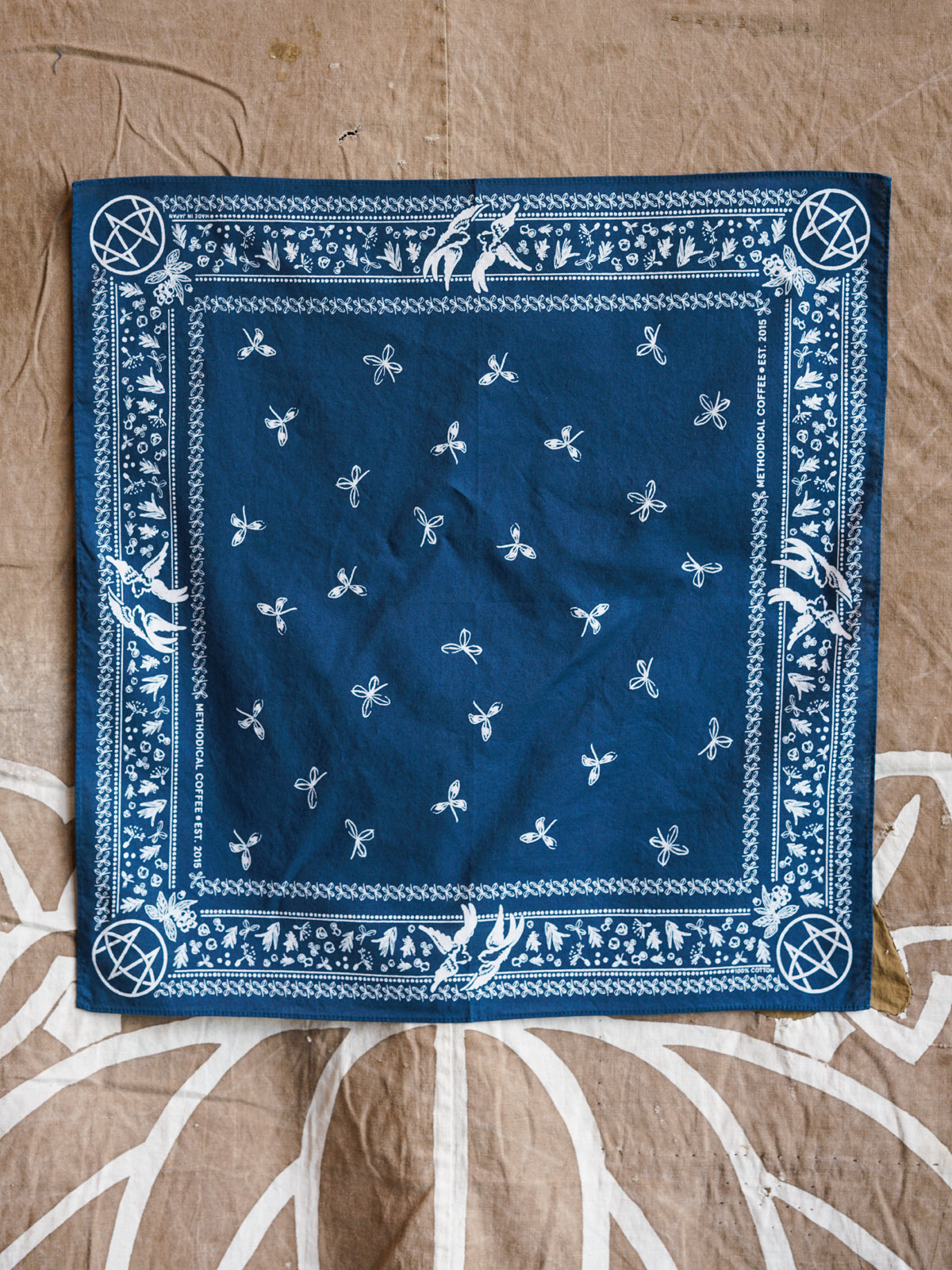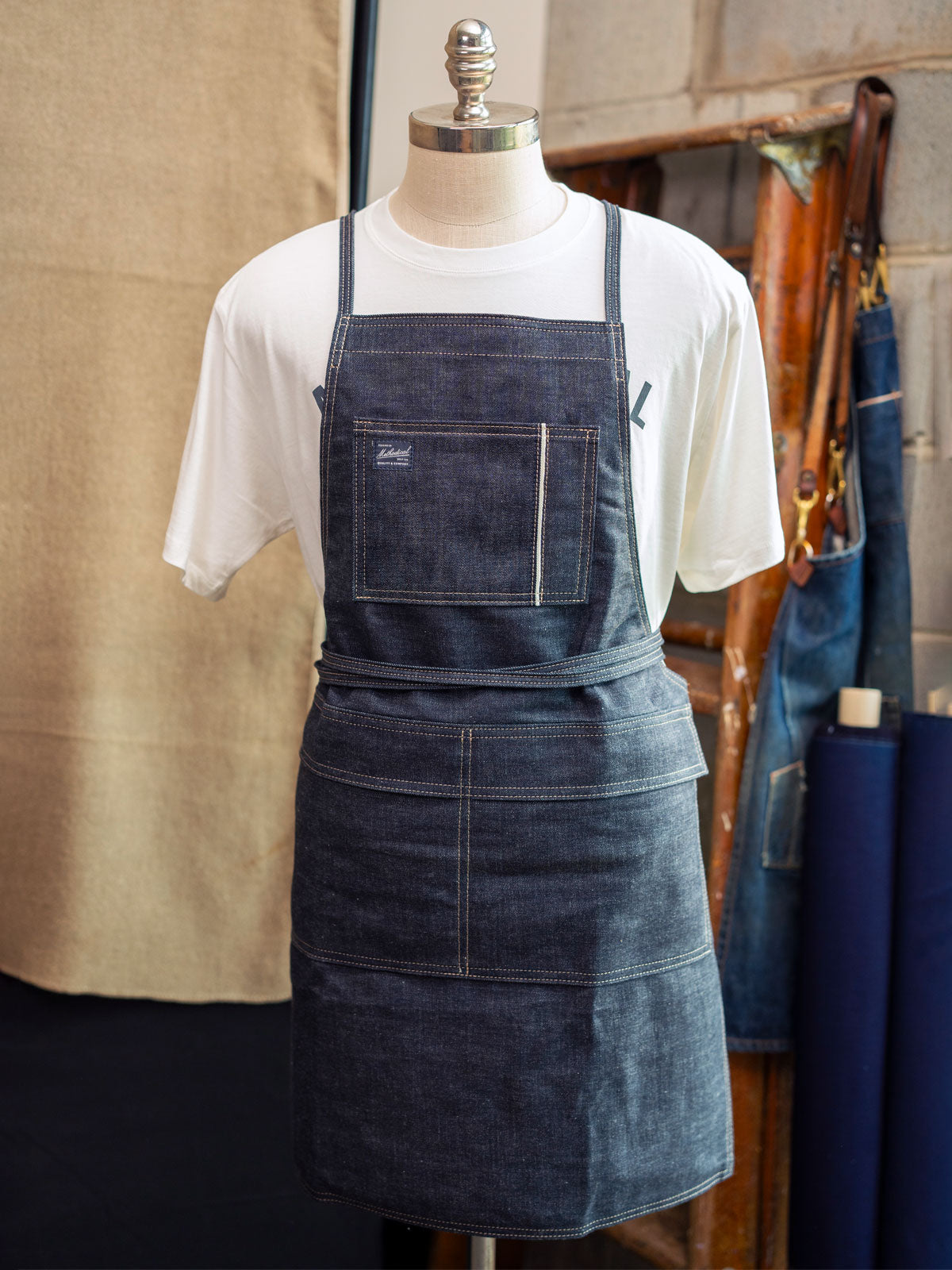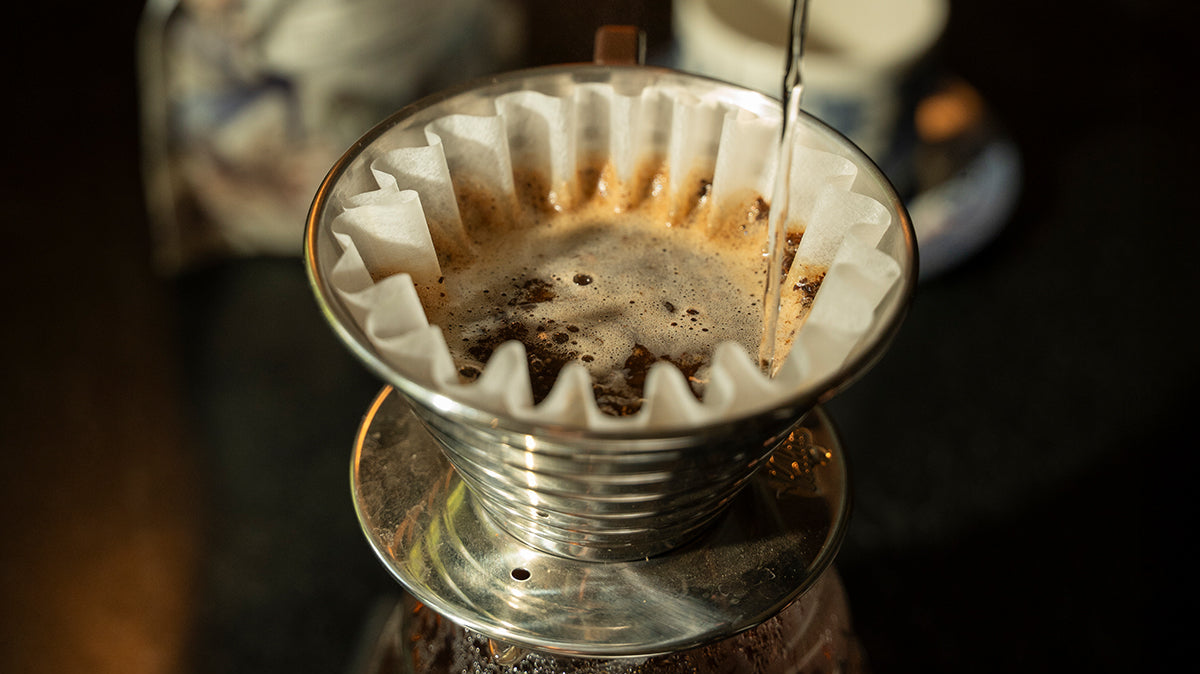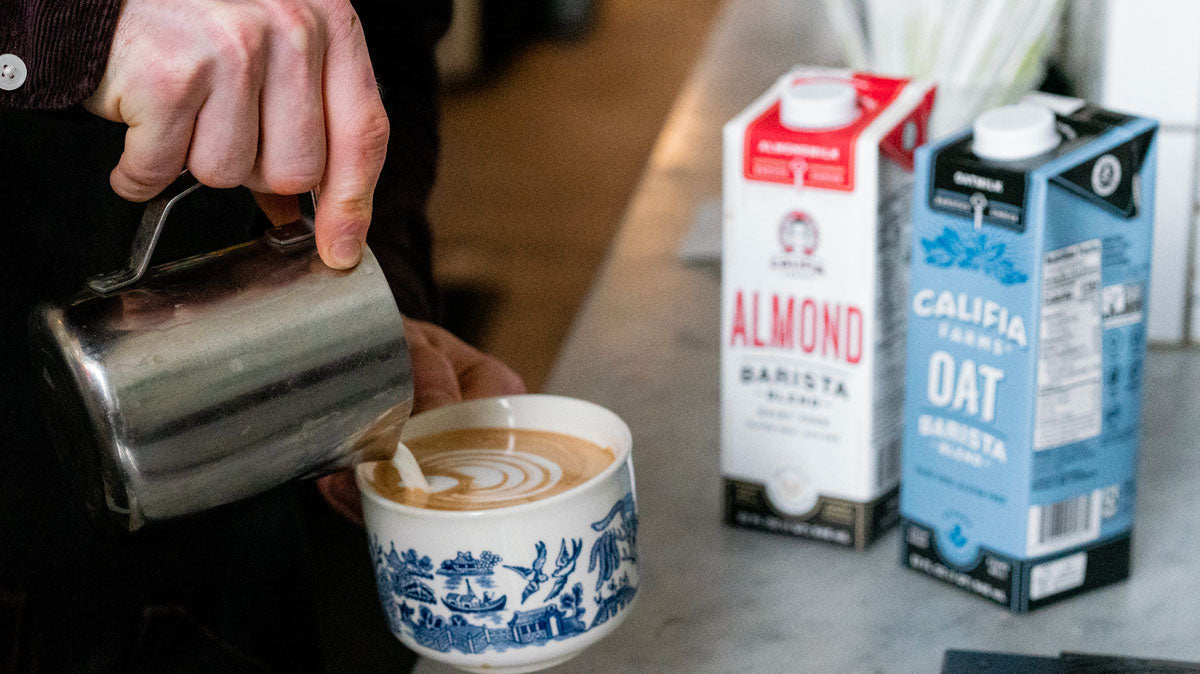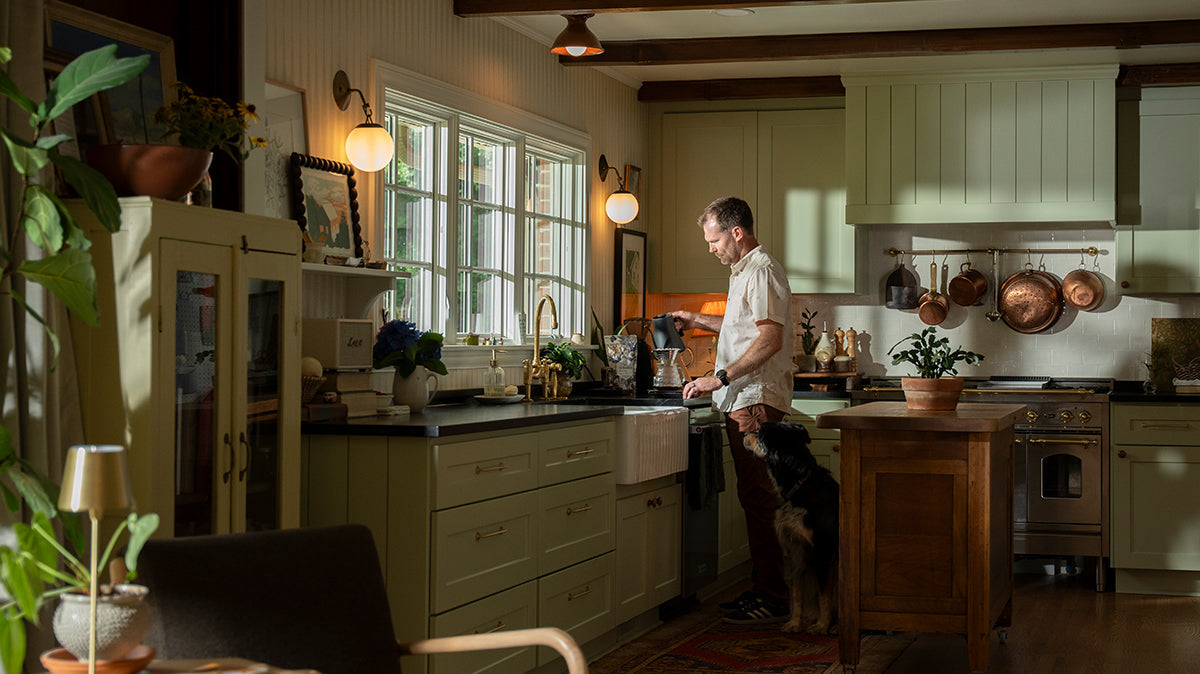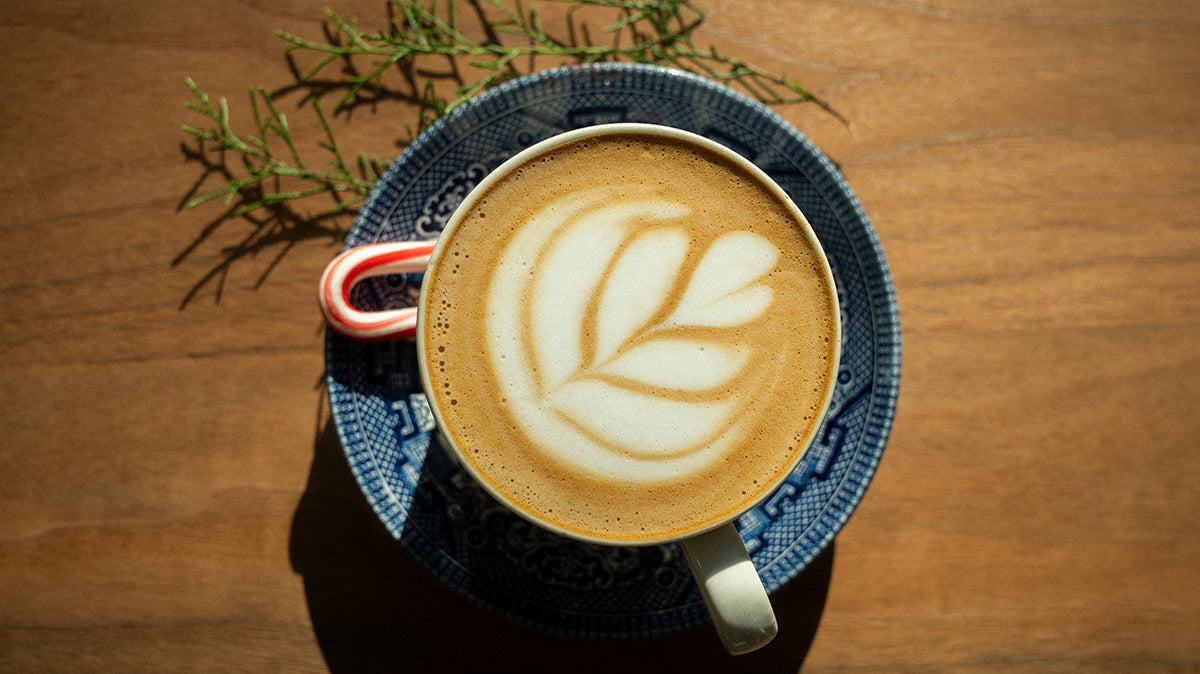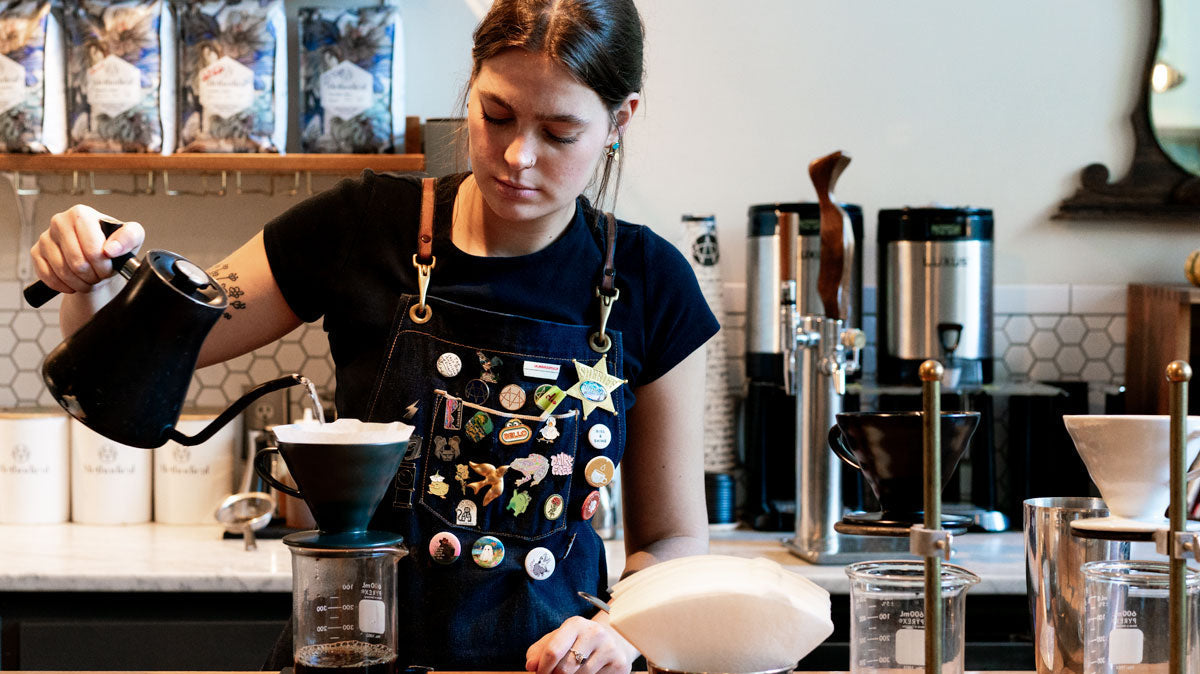If you love coffee in a ~gotta know everything about it~ kind of way, you know that wine has always lived next door. In a big fancy house. Surrounded by a gate. With lots of doors and it’s hard to know which you should knock on first. I’ll be the first to admit that wine can be intimidating. Isn’t it easier just to say “I’ll take the rosé” and call it a night? Maybe, but as Austrian philosopher Ludwig Wittgenstein said, “the limits of our language mean the limits of our world.” As with coffee, more wine enjoyment will absolutely accompany more wine knowledge.
Mallory Brooks is a local wine enthusiast and writer. Her relationship with the drink is marked by keen curiosity and began, like any good discovery, with a healthy dose of cynicism. “I was skeptical toward it for a while… [but] people love wine and I knew there had to be a reason.” Though eager to learn more, Mallory had her own preconceived notions about wine until one night when she went out to dinner with someone who has an extensive wine knowledge, and all her preconceptions got a good talkin-to. “I had a vague notion of what I liked, but I was with someone that knew more than I did. For example, I told him ‘I hate rosé’ and he said “I don’t think you hate rosé, I just don’t think you’ve had the right rosé.” That night, a bottle of Broc Cellars Chenin Blanc Pet Nat turned Mallory into a true believer, and she hasn’t looked back.
I sat down at the Methodical Downtown bar with Mallory last week. We drank wine (duh!) and got to the bottom of a question that’s been burning in my mind: how do I order wine when I know nothing about wine? Here’s what she had to say.
Do Some Research
When I asked Mallory to order our first wine, she glanced at the menu, said “hold on”, and then whipped out her phone. She started googling. As someone for whom wine has long been associated with a certain aloof mystery, I found this to be pretty disarming. “You mean… I can just… google something on a menu if I don’t know what it is?” I thought. Of course you can, and Mallory did.
After her life changing bottle of rosé, Mallory found the “confidence to be curious on [her] own, to pursue resources.” Resources like Marissa Ross’ book “Wine. All the Time”, a thoroughly unpretentious guide to drinking wine, replete with self-deprecating humor. There are other, often overlooked resources, too, like the bottle itself. Read the label; see what information is given there; look up said information. It’s much simpler to start small and work outward, rather than to try to go in knowing everything.
After some deliberating–and Googling–Mallory chooses a wine for us that’s listed on the menu plainly as “Brezo.” The bottle and the internet have helped us uncover some more information, too: it’s a Spanish wine made with the Mencia varietal. I’m already sensing the crossover between coffee information and wine information, and I’m growing more comfortable with each sip.

Ask Some Questions
There’s no standard template for how to display information on a menu. There just isn’t. So when it comes to wine and coffee, a menu can have anywhere from a little to a lot of information. So, what? Go with the most recognizable words? The one that sounds the funniest? The one that says it tastes like “leather and fig”?
There’s another way.
Typically, if you’re ordering wine from a place whose quality you trust, the folks who work there will have the information you crave. Does the menu simply say “Syrah”? Ask the bartender where it’s from. Then, you’ll know if it’s a French or Chilean syrah. What’s the difference? Another great question. Ask away. “The bartender can be and should be your best friend,” Mallory suggests. It’s the number one way she learns about the wines she’s drinking.
Take Some Chances
You might have clicked on this post hoping for a flow-chart style guide that reads like a choose-your-own-adventure. “If you like juicy wine > red wine > try a Beaujolais > in the Gamay varietal.” That would be super cool, right?
Soon into our conversation and well into our second glass (a Montepulciano d’Abruzzo by Da Capogiro), the notion had solidified: learning about wine happens on the job. Just like learning about coffee. Why would it be any different? It requires of the drinker a willingness to explore, to risk trying new things, learning about those things, and altering future orders accordingly. Try a grape varietal that you’re unfamiliar with. Taste a Chardonnay even though you *hate* Chardonnay. Order a wine from the Loire Valley and see if you like it. There are textbooks, sure–several, and comprehensive–but the best lessons are learned while drinking the stuff and keeping an open mind.
“The label’s not always an indicator, the smell isn't an indicator. You literally have to put it in your mouth and experience it. Quote me on that.” Oh, I will, Mallory. Because I truly think it’s the paramount takeaway here. It’s in shedding ourselves of the fear of being wrong, risking a new experience, and going forward with curiosity that we learn what we like when it comes to wine.
There may be a lot to learn about wine. What are the varietals? How do we talk about flavor? What’s the right way to taste it? What origins are indicative of what characteristics? Take those questions by the hand and see where they lead you. Pretty soon that big, daunting house that wine built will become a welcoming shelter where you’re safe to drink that chilled, jammy Gamay, judgement-free.
Written by Angie Thompson


